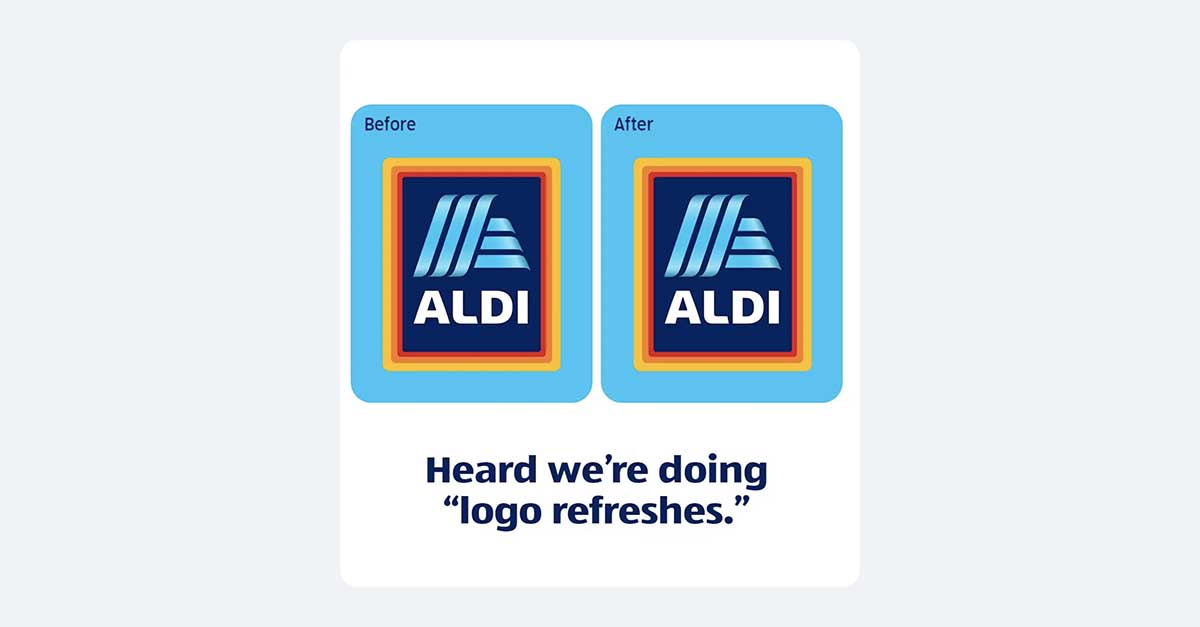Is what you say in the moment really the message? Or is there something deeper?
Ask most people what constitutes a message, and they might say that it’s a statement. A collection of words. But is that really true?
Think about the last meaningful conversation you had. Chances are you can’t recall exactly what was said… but you can summarize what you took away from it. That takeaway is what stuck with you long after the words themselves faded from memory.
The thought behind the words is what matters and what resonates. The words themselves are just a way to deliver the message. It’s entirely possible to send the same message in a thousand different ways, each tailored to suit the audience and the moment.
Words matter. Choose them wisely.
Effective messaging communicates a crystal-clear thought without needing to spell it out—and it’s more impactful for that very reason.
Lincoln’s Gettysburg Address is a prime example. It was delivered at the dedication of what is now called the Gettysburg National Cemetery only 18 weeks after the battle, which resulted in 50,000 casualties including 7,000 dead: every one of them an American.
The text is short: just 272 words, and it took only a few minutes to deliver. Truly remarkable, in an era where long-winded rhetoric was the order of the day. Yet it was so powerful that it is now literally carved in stone on the walls of the memorial that bears the president’s name.
The message it sends is simple: that there are things worth fighting for—even dying for—and that these are what makes our nation strong. That thought rings out loud and clear, yet those words do not appear anywhere in the text.
Stay true to the idea
This notion of the message being separate from the words that deliver it is a useful way to think about brand communications. It’s an enormously powerful tool, and one that keeps your audience (and you) focused on what matters: the enduring ideas at the heart of your brand.
If you’re ever in D.C., take the time to visit the Lincoln Memorial. Stand at the feet of the great man’s statue, read those words and take a moment to ponder what they mean for all of us. That message, sent more than 160 years ago, is as resonant today as it was then.













